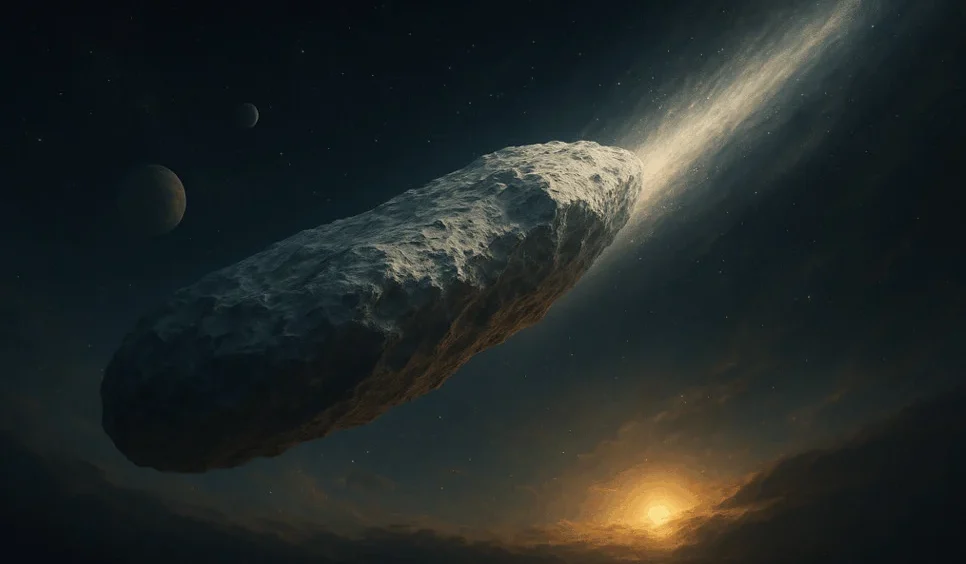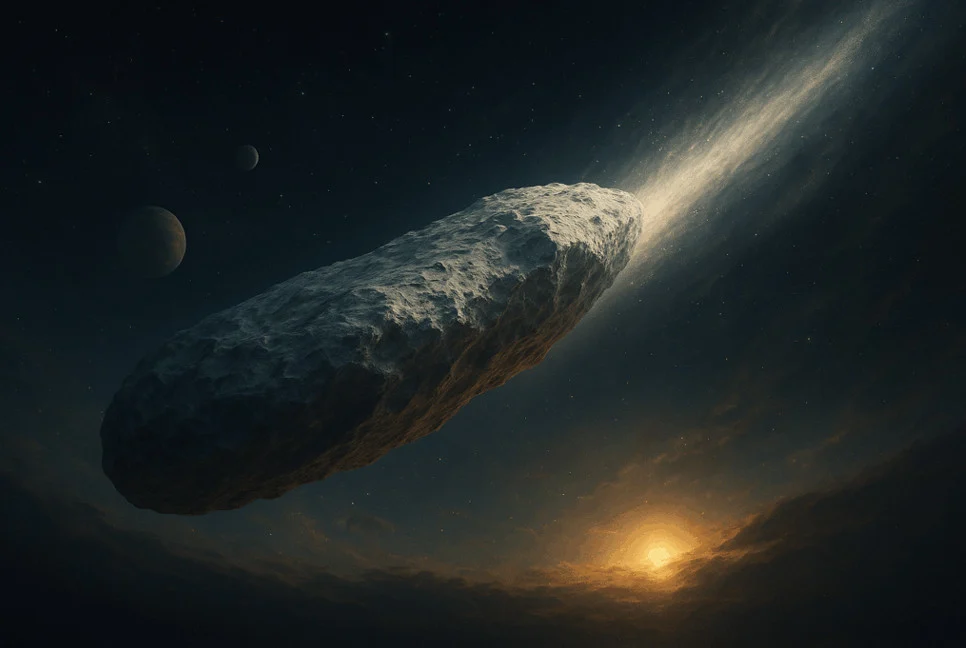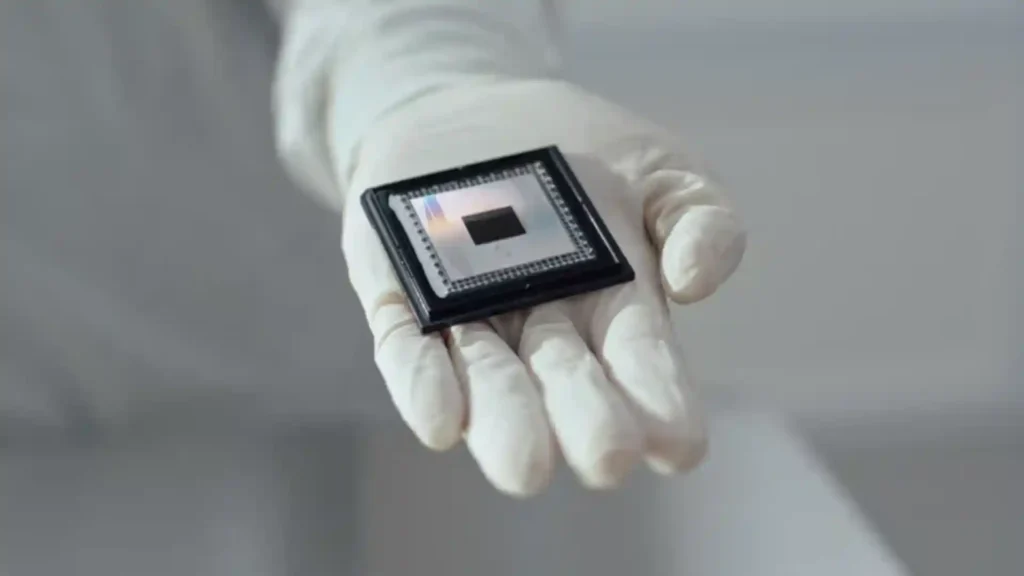31/ATLAS: The Interstellar Visitor Passing Through Our Solar System

In 2025, astronomers discovered a remarkable celestial object named 3I/ATLAS, also known as comet C/2025 N1 (ATLAS). This comet is special because it is only the third confirmed interstellar object—originating from outside our solar system—ever observed passing through our cosmic neighborhood. Its arrival has sparked curiosity, scientific study, and also some sensational media attention. This article unpacks what 31/ATLAS is, why it is important, and what it means for humanity.
What Is 31/ATLAS? Natural or Artificial?
3I/ATLAS is a natural interstellar comet. It possesses a solid icy nucleus, and as it nears the Sun, volatile ices sublimate to form a glowing coma of gas and dust, visible through telescopes. Observations spanning many instruments—including NASA’s Hubble and James Webb Space Telescopes—reveal typical cometary features such as a dust tail and gas emissions rich in carbon dioxide and unusual chemical elements like nickel, but with little iron. There is no credible evidence of artificial origin; it is not an alien spacecraft or probe. Speculations about artificiality exist but remain outside the scientific consensus.
Is 31/ATLAS a Threat to Humanity?
The comet passed its closest approach to the Sun on October 29, 2025, and its trajectory has kept it safely away from Earth—no closer than about 1.8 astronomical units (AU), nearly twice the distance between Earth and the Sun. It continues on a hyperbolic path which means it came from outside the solar system and will leave again, not staying or settling in our celestial neighborhood. There is no threat to humanity from this comet.
Media Coverage and the Role of Propaganda
The arrival of 31/ATLAS generated broad media interest, mixing solid scientific reports with speculative and sometimes alarmist narratives. Some fringe theories and conspiracy claims framed the comet as a portent or alien technology, largely fueled by social media and internet talk shows. However, established scientific organizations and leading astronomers have consistently emphasized its natural origin and harmless passage. Thus, while the public conversation may have had sensational aspects, these do not amount to propaganda manipulation, merely public fascination amplified by incomplete understanding.
Scientific Observations in Detail
Since its discovery in July 2025, 31/ATLAS has been closely monitored by dozens of observatories and major telescopes. Notable findings include:
-
Detection of cometary activity even when 31/ATLAS was about 6.4 AU from the Sun (before discovery), indicating sublimation of super-volatile ices other than water.
-
Imaging of an asymmetrical cyanide gas coma spanning approximately 180,000 kilometers as of September 2025.
-
Visible dust tails expanding to about 100,000 kilometers, consistent with typical comet behavior.
-
Spectroscopic studies showing unique chemical signatures with high nickel content but sparse iron.
The comet’s brightness and activity levels have remained steady, with no unexpected outbursts as it passed through perihelion.
Religious and Cultural Interpretations
Outside scientific circles, some religious interpretations see 31/ATLAS as a divine sign or celestial messenger, linking it symbolically to themes of judgment or prophecy. These views rely on metaphorical readings of ancient texts and cultural traditions, reflecting human attempts to find meaning in rare cosmic events. While culturally significant for some groups, these interpretations remain separate from the empirical scientific understanding.
Should the Public Be Concerned?
For the average person, there is no reason to worry about 31/ATLAS. It poses no impact risk to Earth and offers a rare and exciting opportunity for scientists to study an object from another star system in real time. Media buzz and online trends may create hype, but understanding comes down to appreciating this comet as a natural visitor passing through briefly before continuing its journey into interstellar space.
Conclusion: A Cosmic Messenger, Not a Threat
Interstellar comet 31/ATLAS is a fascinating, authentic astronomical phenomenon—a natural comet from beyond our solar system giving humanity a glimpse into the materials and conditions of other star systems. While it drew some sensational claims, careful scientific study confirms it is not artificial, not threatening, and not a tool of propaganda. It reminds us of the vastness of space and the many mysteries waiting to be explored.
This comprehensive review should serve well for a detailed blog article covering the science, media narratives, cultural views, and public advice around comet 31/ATLAS based on the most current knowledge and observations in 2025.


 English
English 
































































































































































